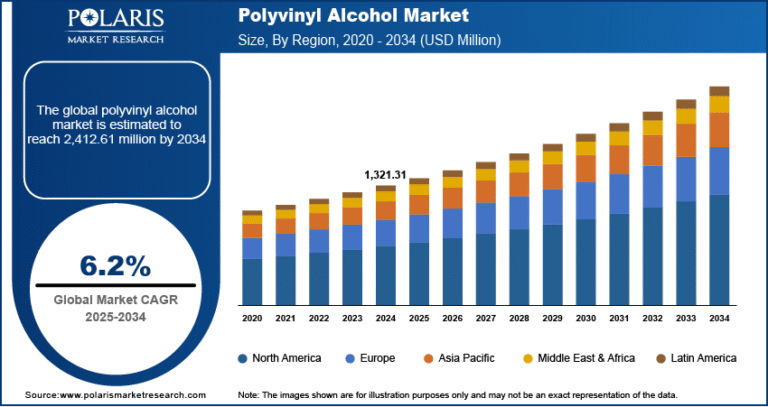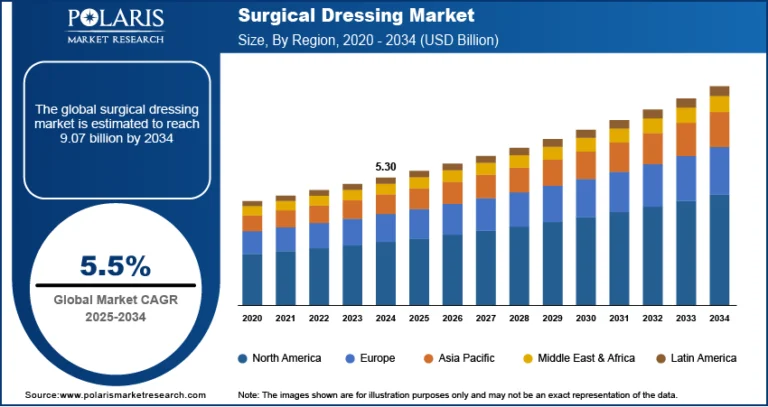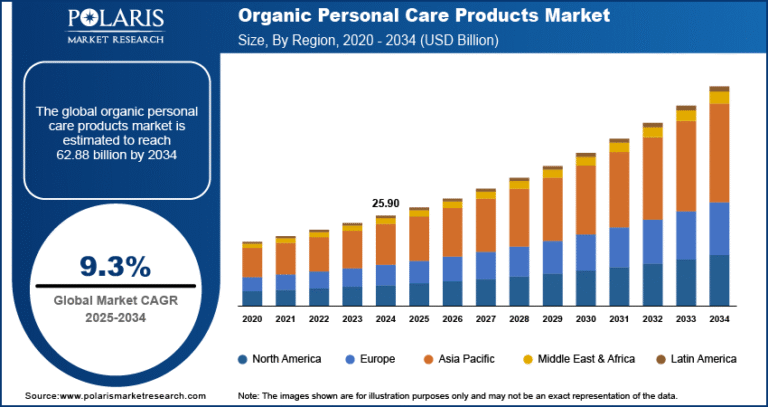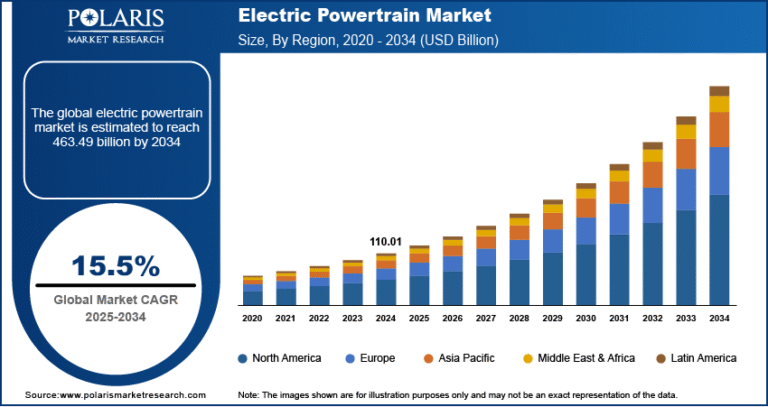Hematologic Malignancies Therapeutics Market Forecast to Attain USD 148.15 Billion by 2034 | CAGR: 7.6%
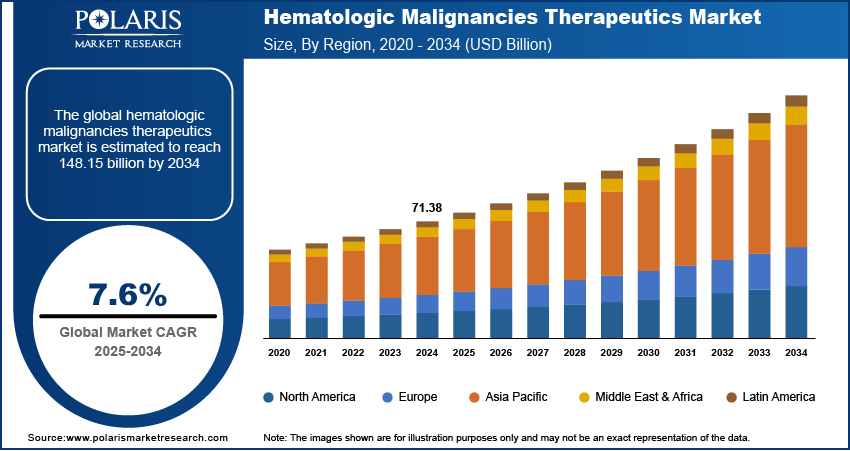
The global hematologic malignancies therapeutics market was valued at USD 71.38 billion in 2024. It is projected to grow from USD 76.63 billion in 2025 to reach USD 148.15 billion by 2034, exhibiting a compound annual growth rate (CAGR) of 7.6% during the forecast period. This growth is expected to be driven by increased investment in research and development, along with regulatory approvals for novel therapeutic options.
Hematologic Malignancies Therapeutics Market Key Trends & Insights:
- Rising global incidence of blood cancers such as leukemia, lymphoma, and multiple myeloma is increasing the demand for effective treatments.
- Immunotherapies, particularly CAR-T cell therapies and bispecific antibodies, are transforming the standard of care.
- Precision medicine approaches using targeted therapies like BTK, BCL2, and FLT3 inhibitors are gaining widespread adoption.
- Major pharmaceutical companies are driving market growth through focused R&D and strategic partnerships.
- Advances in diagnostics, including liquid biopsy, next-generation sequencing (NGS), and MRD monitoring, are improving early detection and treatment outcomes.
Market Size & Forecast:
- Market size value in 2025 – USD 76.63 billion
- Revenue forecast in 2034 – USD 148.15 billion
- CAGR – 7.6% from 2025 – 2034
𝐆𝐞𝐭 𝐄𝐱𝐜𝐥𝐮𝐬𝐢𝐯𝐞 𝐒𝐚𝐦𝐩𝐥𝐞 𝐏𝐚𝐠𝐞𝐬 𝐨𝐟 𝐓𝐡𝐢𝐬 𝐑𝐞𝐩𝐨𝐫𝐭:
Hematologic Malignancies Therapeutics Market Overview:
The hematologic malignancies therapeutics market is witnessing significant growth due to the rising global incidence of blood cancers such as leukemia, lymphoma, and multiple myeloma. Advancements in treatment modalities particularly targeted therapies, immunotherapies, and CAR-T cell therapies are transforming patient outcomes and driving market expansion. Biopharmaceutical innovations and growing awareness have led to earlier diagnosis and better disease management. Moreover, increasing approvals of novel drugs and robust clinical pipelines are reinforcing the market’s growth potential.
North America holds the largest market share, supported by strong healthcare infrastructure and high treatment adoption rates. However, the Asia-Pacific region is expected to register the fastest growth, fueled by expanding healthcare access and rising cancer prevalence. Strategic collaborations, R&D investments, and the emergence of biosimilars are further shaping the competitive landscape. Despite challenges like high treatment costs and access disparities, the market is poised for sustained growth with a strong focus on precision medicine and next-generation therapies.



